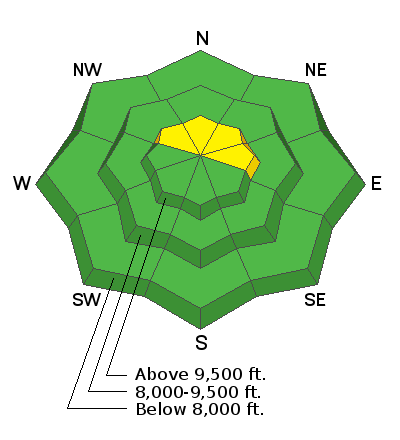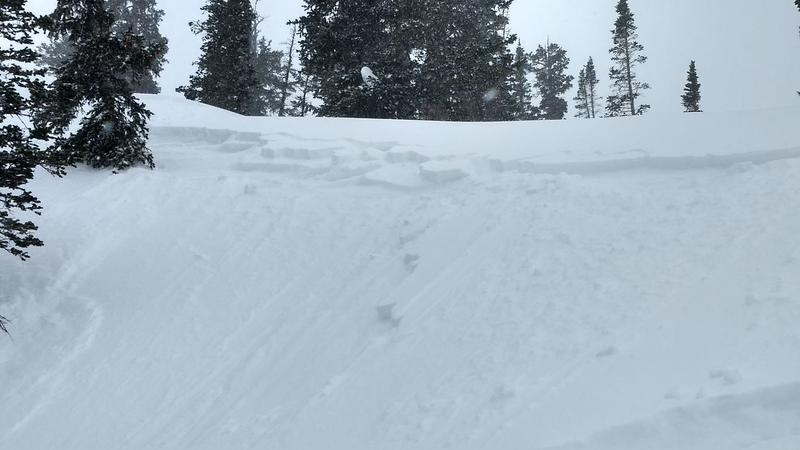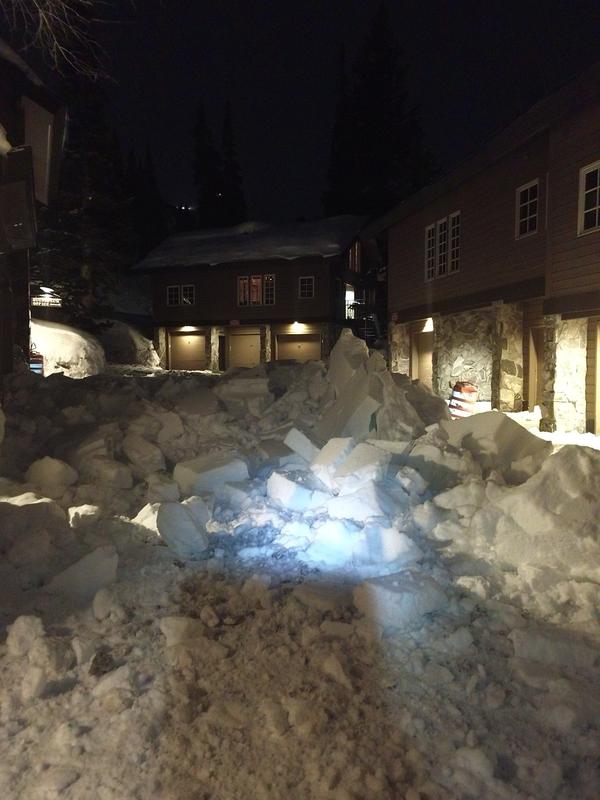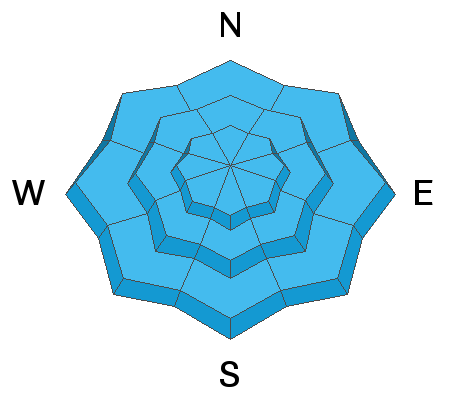Forecast for the Provo Area Mountains

Issued by Evelyn Lees on
Friday morning, March 22, 2019
Friday morning, March 22, 2019
The avalanche danger is MODERATE on steep upper elevation slopes facing northwest through north through northeast, where slab avalanches failing on the old dry snow can be triggered. Other terrain has a LOW avalanche danger, though small sluffs and soft slabs can be triggered, especially this afternoon during periods of snowfall or increased wind. Avoid spending time beneath cornices, glide cracks and steep roofs.

Low
Moderate
Considerable
High
Extreme
Learn how to read the forecast here











